Hurricane Irma has now dissipated somewhere in the Ohio Valley of the United States, but for many of us throughout the region, this storm will be remembered as the Big One – a storm so powerful it took lives and devastated property throughout the northern part of the Caribbean region. Shortly after, Hurricane Maria followed Irma, and brought another round of destruction to the region. It seems that we are seeing more and more storms that could wear the title of The Big One. We all remember Katrina and now just this year Harvey in the Gulf of Mexico, In The Bahamas we have 2015’s Joaquin and 2016’s Mathew, and the list goes on. The occurrence of bigger and more frequent storms was predicted by scientists who study our global climate and how our actions are changing it. While it may not be possible to blame any one storm on climate change, we are beginning to see a pattern.
Unfortunately, the solution to climate change is not so simple and even as we all take steps to help reduce our carbon footprint, reversing the effects of climate change will be like reversing the direction of a supertanker moving at full speed – it will take a tremendous amount of effort and time. So living with storms like Irma may be what the future looks like in the near term, and protecting ourselves from their impacts is imperative. This includes some of the most critical protection we have – our natural ecosystems and the services they provide. Coral reefs are our first line of defence against the damaging waves and storm surge that come with massive storms like Irma. Reefs break waves and reduce their energy as they come ashore, reducing the damage they cause. Similarly, mangroves absorb and dissipate energy from waves and storm surge as it reaches shore. By providing this protection, coral reefs and mangroves can save lives and save us billions of dollars in property damage, all at no cost. Simply put, we need these ecosystems to protect us.
Despite their role in buffering against the ravages of hurricanes – not to mention their role in providing seafood and other ecosystem services, they are being lost and degraded at an alarming rate. We can, however, protect and restore these ecosystems and the services they provide. The Perry Institute is working with partners in The Bahamas and elsewhere to protect critical mangroves and coral reefs by expanding the protected area system in The Bahamas and improving management of existing protected areas. We are also restoring threatened and endangered coral populations to reefs and replanting and restoring mangrove systems throughout The Bahamas. For more information, visit the Perry Institute website to learn more and to find out how you can help – whether you call The Bahamas home or just wish you did, you can get involved to help protect and restore these critical ecosystems.

